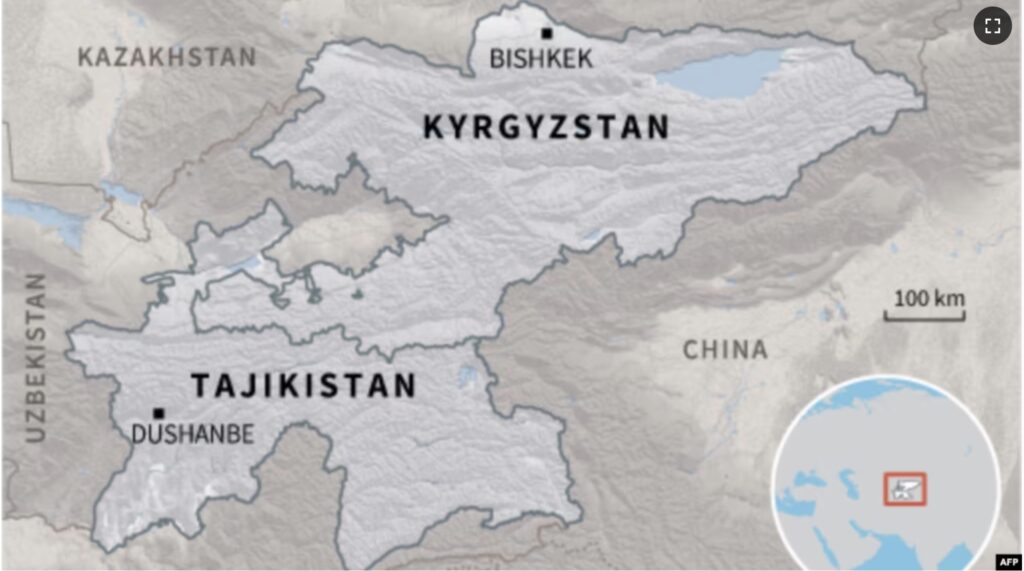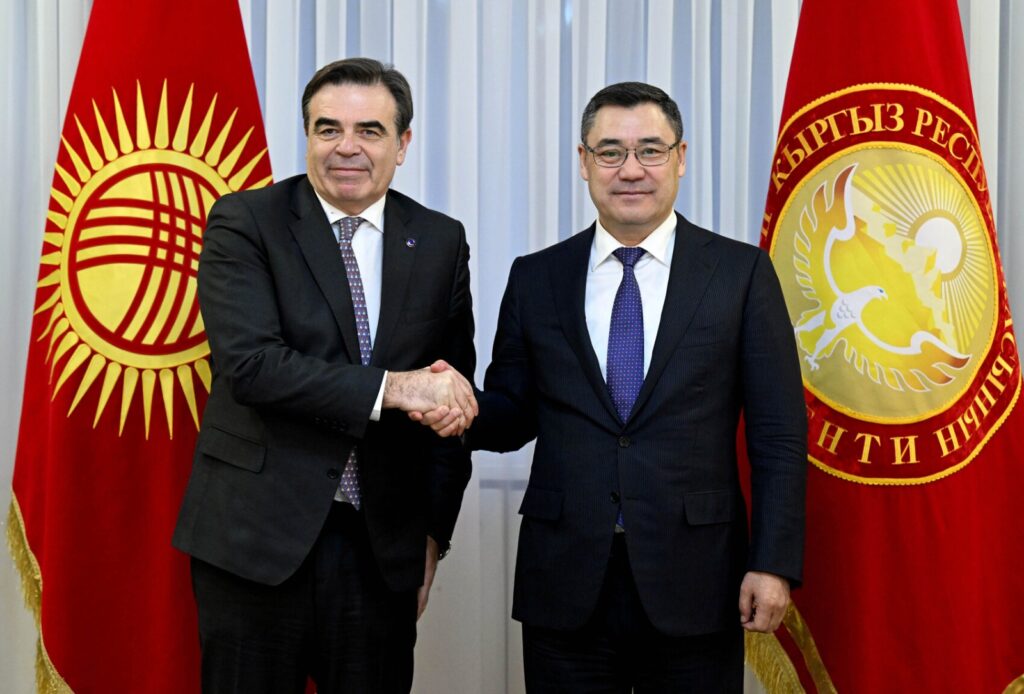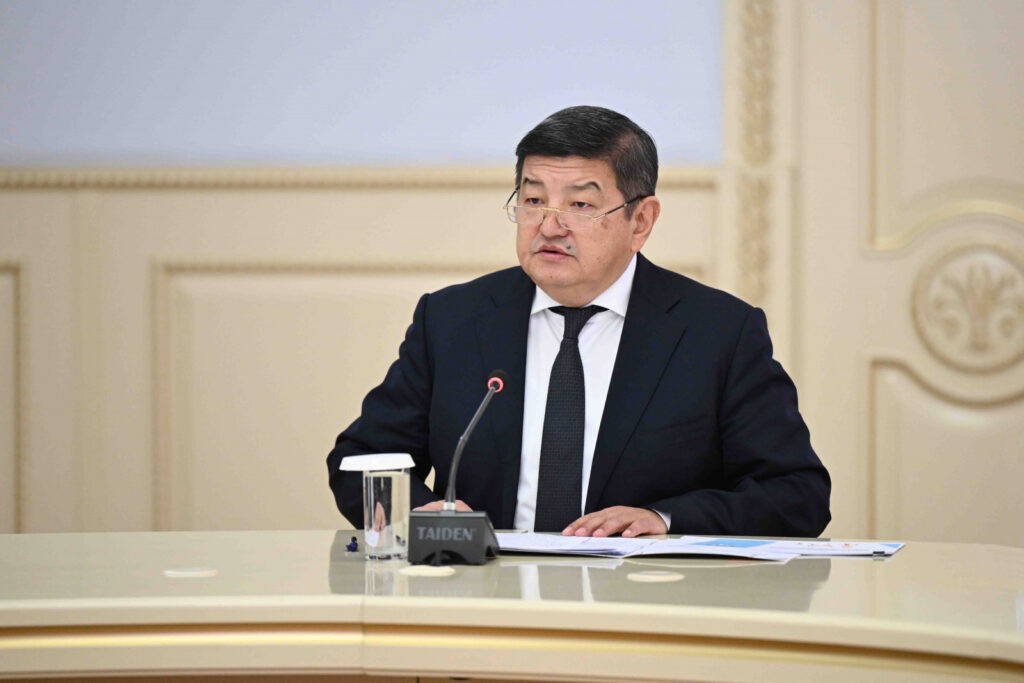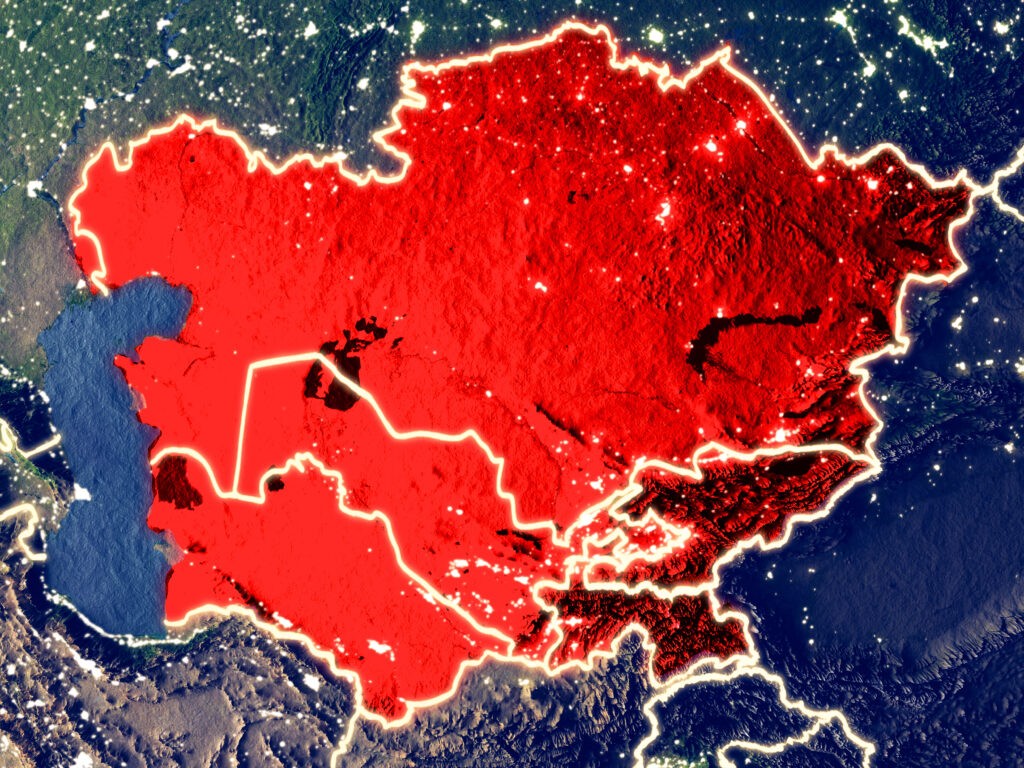Development of Kyrgyzstan’s largest iron deposit begins
Kyrgyzstan's state enterprise Kyrgyzgeologiya will begin exploration work at the iron deposit "Zhetim Too" in the Naryn region. The country's Cabinet of Ministers granted the entity the right to use subsurface resources for geological exploration at the deposit. The development of the iron deposit was one of the election promises of the current President of the Kyrgyz Republic, Sadyr Japarov. In 2020, Japarov said he was considering paying off the state debt to China with raw materials from the deposit. "This is a project that will pull our economy out of the swamp," the future head of state had declared while campaigning before the presidential election. Geologists predict that the "Zhetim-Too" deposit could earn $200 million a year. But it's not only about earning and selling raw materials abroad. At the "People's Kurultay" (i.e., people's parliament), the President noted that at the moment, the Kyrgyz Republic spends millions of dollars a year to buy iron to build railroads, hydroelectric power plants and other structures in the country. "In the future, we intend to use our own iron ore deposits and build modern plants to process iron ore and manufacture products from it instead of buying iron from outside," Japarov said. It should be noted that earlier attempts to start work at the "Zhetim Too" deposit ended in a political scandal and high-profile dismissals of officials. At one time, various foreign mining companies worked at the deposit, which caused discontent among local residents. Rallies were repeatedly held in nearby villages. In 2012, the Kyrgyz authorities sued the Chinese company Mylin Resources for the license of the deposit. Since 2016, the license for exploration and development of the subsoil of "Zhetim Too" has belonged to the state. Kyrgyzstan's geologists have previously stated that the exploration of the deposit will take at least five years. After all, it is necessary to assess the reserves of the deposit and the depth of their occurrence, as well as to study the composition of the soil and what percentage of it contains metals. There are also issues of ecology, environmental protection and construction of necessary infrastructure. Additionally, relic forests of the Naryn Reserve are located near the deposit. "Zhetim Too" was discovered in 1956 at the junction of Naryn and Issyk-Kul oblasts of Kyrgyzstan. Iron reserves at the deposit were estimated from 3 to 10 billion tons. The Association of Mining Industries of Kyrgyzstan calls the site one of the largest iron ore deposits in the world. However, the deposit has been explored only superficially so far and requires additional exploration. The approximate cost of exploration is estimated at more than 20 million U.S. dollars.






